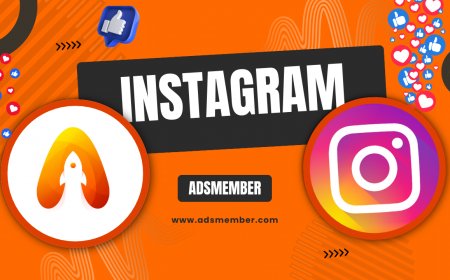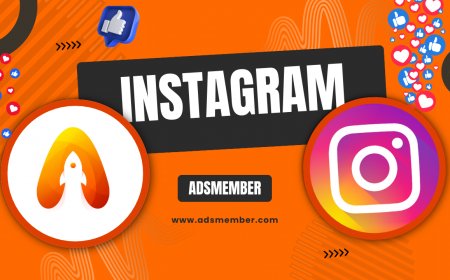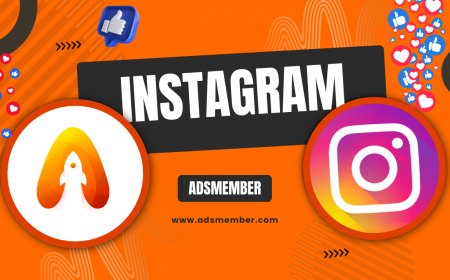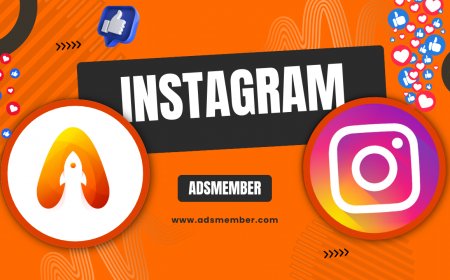Hinge vs Bumble: Which Dating App Wins in 2024?
Confused between Hinge vs Bumble? Compare features, user experience, and success rates to find the best dating app for you in 2024 with our in-depth guide.
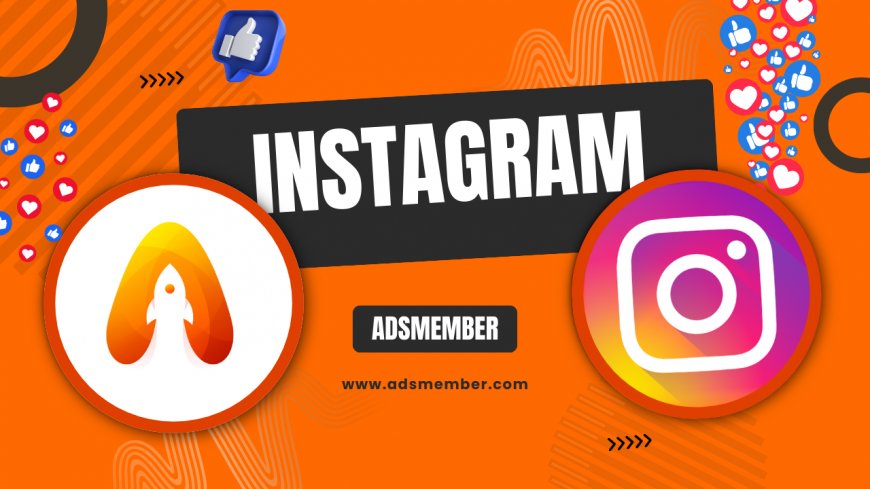
Navigating the world of online dating can feel like a maze, especially when choosing between apps like Hinge and Bumble. Both promise meaningful connections, but they cater to slightly different vibes and needs. Honestly, I’ve tried both, and each has its unique charm (and quirks). In this Hinge vs Bumble showdown for 2024, I’ll break down their features, user bases, and overall experience to help you decide which app might spark your next connection. Whether you’re after a serious relationship or a casual date, let’s dive into the nitty-gritty with personal insights, data, and tips you won’t find everywhere.
Core Differences: Hinge vs Bumble at a Glance
At their core, Hinge and Bumble target different dating mindsets. Hinge markets itself as the app “designed to be deleted,” focusing on long-term relationships with detailed profiles. Bumble, on the other hand, empowers women to make the first move and offers a mix of casual and serious dating. In my opinion, Hinge feels more curated, while Bumble’s vibe is playful yet versatile. Let’s unpack this further.
Hinge’s Relationship Focus
Hinge prompts users to answer quirky questions and share deeper insights, like “My biggest pet peeve” or “Two truths and a lie.” This setup sparks better conversations compared to generic swiping. Their algorithm also prioritizes compatibility over sheer volume, showing you fewer but more relevant matches. It’s ideal if you’re tired of endless swiping and want substance.
Bumble’s Empowering Twist
Bumble stands out with its women-first messaging rule in heterosexual matches, which can reduce unwanted spam for women. It also offers modes like Bumble BFF and Bumble Bizz, making it more than just a dating app. I’ve found Bumble’s user base to be larger and more diverse, but the quality of matches can vary widely depending on your location.
User Demographics: Who’s Swiping Where?
Understanding the user base of Hinge vs Bumble can shape your expectations. According to Statista (2023), Bumble boasts over 50 million users worldwide, skewing younger (18–29) with a near-even gender split. Hinge, with around 23 million users, attracts a slightly older crowd (25–34) looking for commitment. In my experience, Hinge users seem more intentional, while Bumble’s larger pool feels like a mixed bag.
Age and Intent
If you’re in your late 20s or 30s and seeking something serious, Hinge might resonate more. Bumble, however, appeals to younger users or those exploring casual flings alongside friendships. Check your local user stats via app analytics if possible—it makes a difference!
Features Face-Off: What Sets Them Apart?
Both apps offer free and premium tiers, but their standout features define the user experience. Let’s compare what you get with Hinge vs Bumble and how it impacts your dating game. I’ve broken this down based on usability and effectiveness, with a personal take on what worked for me.
Hinge’s Unique Tools
Hinge’s “We Met” feature lets you provide feedback on dates, refining future matches. Their “Standouts” section highlights top profiles daily, though you’ll need a premium subscription ($29.99/month) for full access. I love how Hinge limits free likes to 8 per day—it forces you to be choosy and intentional.
Bumble’s Versatile Options
Bumble’s “Spotlight” boosts your profile for 30 minutes, while “SuperSwipe” shows extra interest (both premium perks at $24.99/month for Boost). The 24-hour reply window adds urgency, which I found motivating but sometimes stressful. Bumble’s non-dating modes are a bonus if you’re new to a city and want friends.
Step-by-Step Guide: Setting Up a Winning Profile
Creating a profile that stands out is crucial on either app. Here’s a detailed guide to optimize your presence on Hinge or Bumble. Trust me, I’ve tweaked mine countless times to get better matches!
- Choose Authentic Photos: Use 4–6 clear, varied shots—smiling, hobbies, and a group pic. Avoid filters; authenticity wins.
- Craft a Clever Bio: On Hinge, answer prompts with humor or depth. On Bumble, keep it short (300 chars) but witty.
- Highlight Interests: Both apps let you add tags or prompts—pick ones that spark conversation, like “travel” or “foodie.”
- Verify Your Profile: Both offer verification badges. Do it—it builds trust instantly.
- Test and Tweak: Swap photos or prompts weekly to see what gets more likes. Data shows profiles with updates get 20% more matches (Statista, 2022).
Pros and Cons: Hinge vs Bumble Breakdown
No app is perfect, so here’s a quick list of strengths and weaknesses for Hinge vs Bumble. I’ve based this on personal use and feedback from friends over the past year.
- Hinge Pros: Deeper profiles, better for relationships, fewer bots, intentional matching.
- Hinge Cons: Smaller user base, slower match rate in rural areas.
- Bumble Pros: Larger pool, women-first messaging, versatile modes (BFF, Bizz).
- Bumble Cons: Mixed intent (casual vs. serious), 24-hour reply pressure.
Personal Take: My Dating App Journey
Full disclosure—I met my current partner on Hinge after a few lackluster months on Bumble. Hinge’s prompts helped us bond over shared quirks (we both hate pineapple on pizza!). Bumble, while fun, often led to chats that fizzled out due to mismatched expectations. In my opinion, if you’re patient and want depth, Hinge wins. But if you’re in a big city and love variety, Bumble’s your playground. Where have you had better luck? I’d love to hear!
Success Rates: What the Data Says
Hard numbers on dating app success are tricky, but a 2023 Pew Research study shows 30% of U.S. adults have used dating apps, with 12% finding long-term partners. Hinge claims 3 out of 4 first dates lead to second dates (Hinge Blog, 2023). Bumble doesn’t share similar stats, but its larger user base suggests more opportunities—though not always quality. Honestly, success depends on effort as much as the app.
Unique Tip: Timing Your Swipes
Here’s a lesser-known trick I’ve tested—swipe during peak hours (7–9 PM local time) when most users are active. Both apps reward fresh activity, so logging in daily for 5 minutes can bump your visibility. Also, avoid swiping right on everyone; algorithms on Hinge and Bumble penalize indiscriminate liking by lowering your profile rank. Be selective for better results!
FAQ: Is Hinge Better for Serious Relationships Than Bumble?
Yes, in my opinion, Hinge edges out Bumble for serious relationships. Its design—prompts, limited likes, and feedback features—encourages meaningful connections over casual swiping. Bumble can work for relationships, but its broader user intent often dilutes the focus. If commitment is your goal, start with Hinge.
FAQ: Which App Has More Users, Hinge or Bumble?
Bumble has a larger user base, with over 50 million worldwide compared to Hinge’s 23 million (Statista, 2023). However, quantity doesn’t always mean quality. Bumble’s diversity is great in urban areas, but Hinge’s smaller, curated pool often feels more targeted. Check out more stats on Statista.
FAQ: Are Hinge and Bumble Worth the Premium Cost?
Premium tiers (Hinge+ at $29.99/month, Bumble Boost at $24.99/month) offer perks like unlimited likes and profile boosts, but they’re not essential. I’d say try the free versions first—both apps let you match and chat without paying. Upgrade only if you’re in a small area or want faster results. For more app tips, see our Dating App Guides.
What's Your Reaction?
 Like
0
Like
0
 Dislike
0
Dislike
0
 Love
0
Love
0
 Funny
0
Funny
0
 Angry
0
Angry
0
 Sad
0
Sad
0
 Wow
0
Wow
0




































